Your Brain’s Secret Weapon: How to Build a Mind That Stays Sharp for Life
I’ve sat with hundreds of people over the years, from all walks of life, and honestly, most of them share the same quiet fear. They worry about their minds losing a step. They see an older relative struggle with memory and can’t help but wonder, is that my future, too? My work has shown me something vital: we have way more influence over our long-term brain health than we realize.
In this article
But it’s not about some magic pill or spending hours on a single “brain game.” It’s about intentionally building what the experts call “cognitive reserve.”
Think of your brain as a busy city. The connections between your brain cells are the roads. When you’re young, it’s a simple, efficient grid. But as you get older, some of those roads might close down due to normal wear and tear. If you only have the original roads, you get massive traffic jams. Thinking slows down, and memory gets patchy. But… what if you’d spent your life building new roads? Side streets, overpasses, and alternate highways? A few road closures wouldn’t matter much. Traffic would just reroute, and the city would keep humming along. That network of extra roads? That’s your cognitive reserve. The cool part is that the construction crews are on the job right now, and you’re the boss.
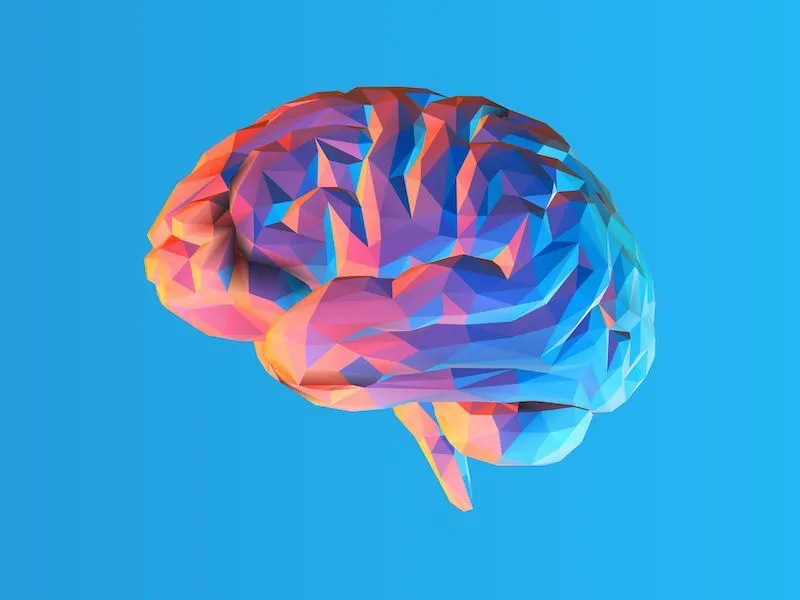
The Real Science Behind a Flexible Mind
To get how this works, we need to touch on two key ideas: neuroplasticity and cognitive reserve. Understanding these will completely change how you think about keeping your mind sharp.
Your Brain Can Literally Rewire Itself
For the longest time, the prevailing wisdom was that the adult brain was more or less fixed. We now know that’s completely wrong. The brain is incredibly adaptable, a quality known as neuroplasticity. Every single time you learn something new—whether it’s a new recipe or a bit of a new language—you are physically forging new pathways between your brain cells. You’re literally rewiring your own mind.
Ever tried to learn guitar? At first, your fingers feel like clumsy sausages. You have to think about every single movement. That’s your brain using slow, inefficient pathways. But you stick with it, and eventually, the movements become smooth, almost automatic. That’s because your brain has built a dedicated, high-speed neural highway just for playing guitar. That physical change is neuroplasticity in action.
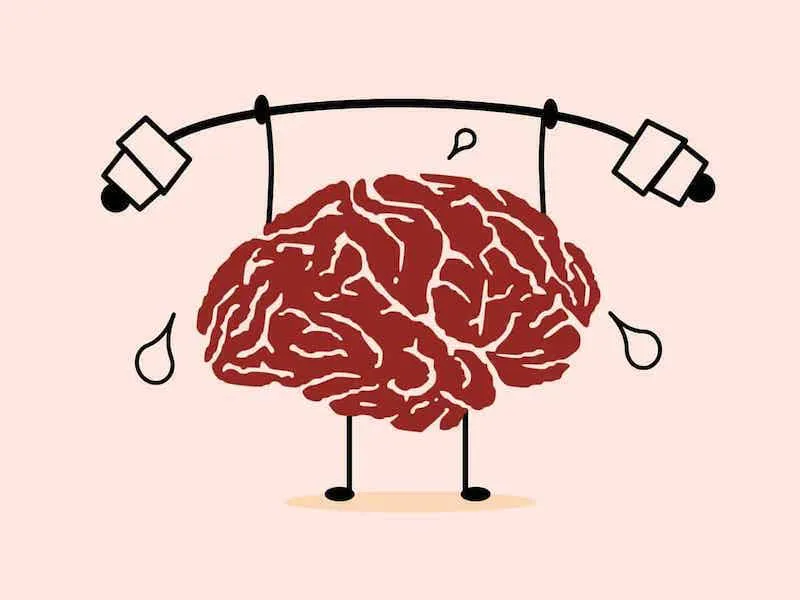
Cognitive Reserve: Your Brain’s Built-In Backup System
So, cognitive reserve is the result of a lifetime of that rewiring. It’s the reason why two people with the same amount of physical change in their brains can have wildly different outcomes. One person might be severely impaired, while the other is still sharp, witty, and living a full life.
A famous long-term study of a group of religious sisters really drove this home. After they passed, examinations of their brains showed some had significant signs of advanced cognitive disease. Yet, in life, these same women had shown few, if any, symptoms. What was their secret? They led lives full of intellectual stimulation, social engagement, and purpose. They were constantly learning, teaching, and managing communities. They had unintentionally built a powerful cognitive reserve that acted as a buffer against damage.
The Four Pillars: Your Brain Health Foundation
Before we even get to the fun stuff like puzzles and new hobbies, we have to talk about the foundation. Trying to sharpen your mind while ignoring these four areas is like trying to build a beautiful house on a swamp. It’s just not going to work. These are non-negotiable.

1. Get Moving
Honestly, the single best thing you can do for your brain is to move your body. When you do aerobic exercise (like a brisk walk or a bike ride), you pump more oxygen-rich blood to your brain. This also triggers the release of a protein that some neuroscientists call “Miracle-Gro for the brain” because it helps grow new neurons and protect existing ones.
You don’t need to run a marathon. Consistency is way more important than intensity. A great starting point is a 30-minute walk, five days a week. How fast? A good rule of thumb is the “talk test”: you should be able to hold a conversation, but you’d be too out of breath to sing a song. That’s the sweet spot.
2. Prioritize Sleep
Sleep isn’t just downtime; it’s your brain’s dedicated maintenance cycle. While you’re in deep sleep, a cleanup crew gets to work, flushing out metabolic waste that builds up during the day. If you consistently skimp on sleep, that gunk accumulates, impairing your thinking and memory. Most adults need 7-9 hours of quality sleep. Heads up: If you struggle with sleep, treat it like a serious health priority. Simple things like blackout curtains (I swear by mine) and a consistent bedtime can make a world of difference.
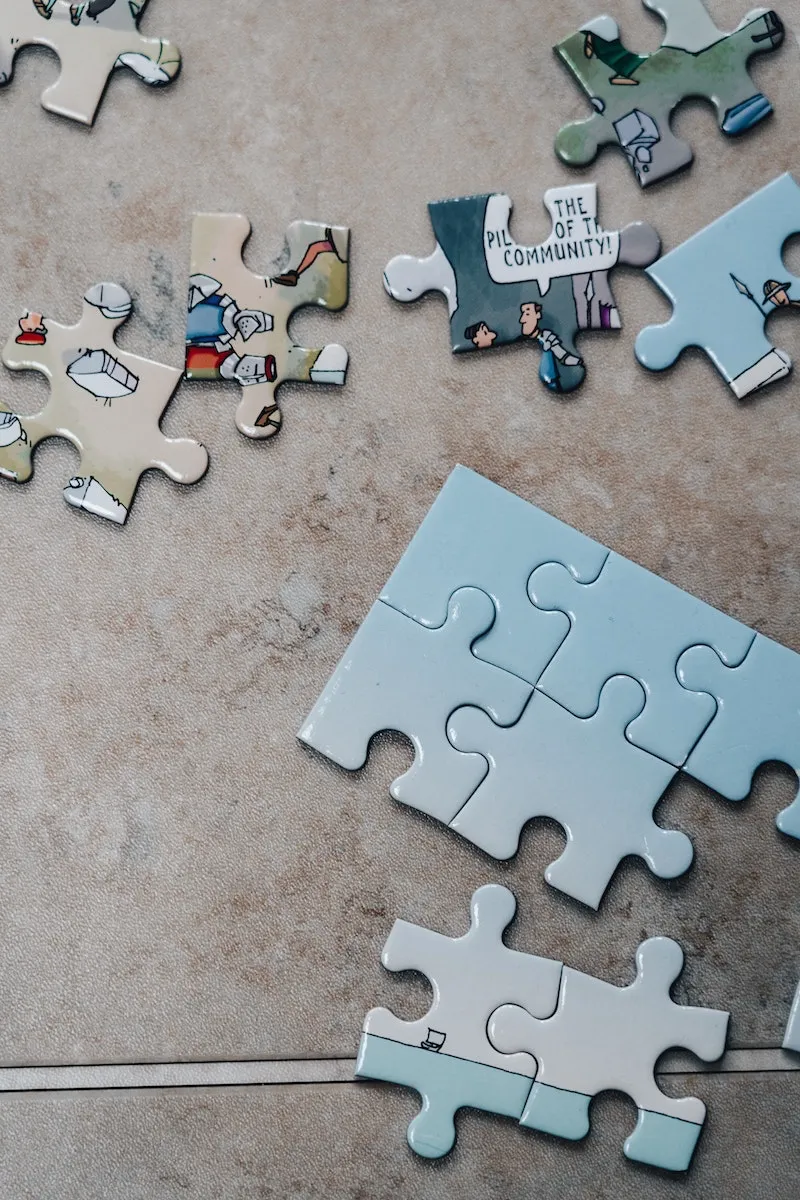
3. Fuel Your Brain
Your brain is a hungry organ, and it’s made from the food you eat. While you should always talk to a doctor or dietician for a personalized plan, the general principles are solid. A diet rich in healthy fats, antioxidants, and lean proteins is fantastic for your mind. On the flip side, a diet high in sugar and processed junk promotes inflammation, which is terrible for your brain.
Quick tip: Here’s a simple “Brain-Booster Shopping List” to make it easy:
- Canned Salmon or Sardines: An incredibly budget-friendly source of Omega-3s. A can usually costs just a few dollars.
- Walnuts: A handful a day is perfect.
- Frozen Blueberries: Often cheaper than fresh and just as packed with antioxidants. Great for smoothies.
- Spinach or Kale: Throw a handful into eggs, soups, or smoothies.
- Dark Chocolate (70% or higher): Yes, chocolate! A small square is a great, antioxidant-rich treat.
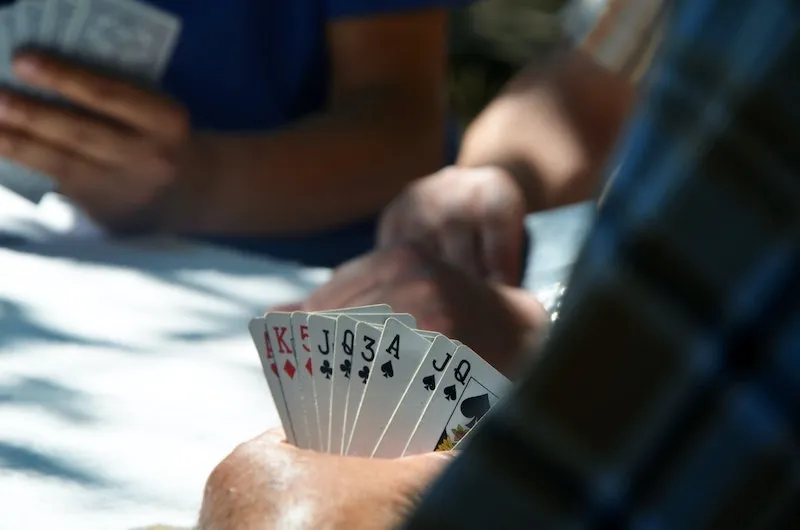
4. Connect with People
Meaningful social interaction is a surprisingly complex workout for your brain. Think about it: during a good conversation, you’re listening, processing, accessing memories, reading social cues, and formulating responses all at once. It’s a full-brain exercise! Joining a club, volunteering, or even just setting up a regular weekly call with a friend can have a huge impact.
Your Toolkit for a Stronger Mind
Once your foundation is solid, you can start adding targeted activities. The golden rule here is novelty and complexity. The best activities are the ones that push you just outside your comfort zone.
A common pitfall is picking an activity you think you should do instead of one you want to do. The best brain exercise is the one you’ll actually stick with because you find it genuinely interesting. If you hate the idea of chess, don’t force it!
The Gold Standard: Learn a Complex Skill
This is, without a doubt, the most powerful way to build cognitive reserve. It forces your brain to build entirely new networks from the ground up.

- Learn a Musical Instrument: This combines reading symbols, listening, and fine motor skills. You can find used guitars for under $100, and there are endless free tutorials online. The goal isn’t to become a rock star; it’s the process of learning that counts. Aim for 3-4 practice sessions a week of 20-30 minutes each.
- Learn a New Language: This is a total cognitive workout. Free apps like Duolingo or Memrise are perfect for starting (15 minutes a day is a great habit). For a deeper dive, local community colleges often have affordable evening classes.
- Learn a Complex Craft: Think woodworking, quilting, or even digital photography. These engage your planning and spatial reasoning skills. You can often find introductory workshops at local art centers for between $50 and $150.
Play Games with a Purpose
Strategic games are fantastic for exercising your brain’s “CEO”—the part responsible for planning, decision-making, and adapting. While simple card games are fine, you get more bang for your buck with games that require real strategy.
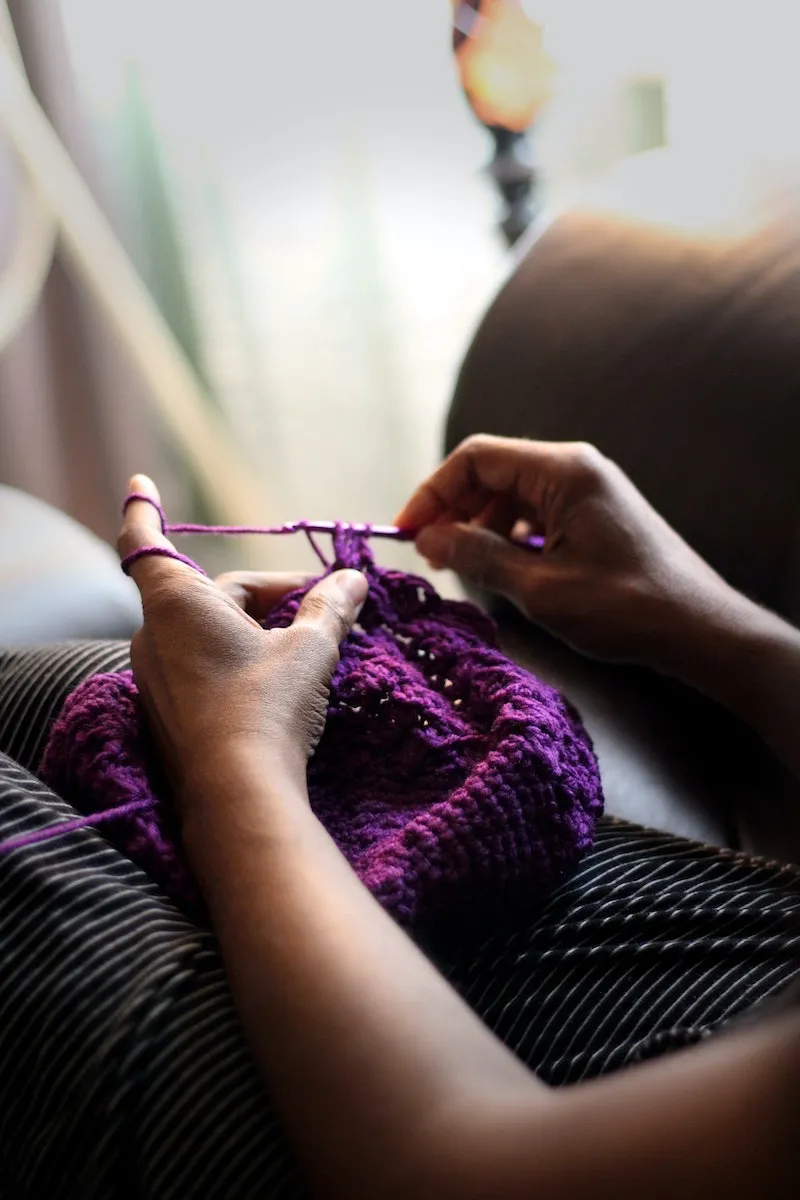
- Classics like Chess or Bridge: These require you to think several moves ahead. A local Bridge club is a brilliant two-for-one: you get the cognitive challenge and social connection.
- Modern Strategy Games: The world of board games has exploded! Games like Azul, Ticket to Ride, or Catan are fun, social, and secretly great for your brain. They’re a great investment for family nights, typically costing between $30 and $60.
Combine Movement and Mind
Activities that require you to think and move at the same time are incredibly effective.
- Dancing: Learning choreography is a powerhouse activity. It hits your memory, coordination, and spatial awareness all at once.
- Tai Chi: I’m a huge advocate for this one. It’s a slow, deliberate practice that improves focus and balance, which is crucial as we age.
- New Sports: Think tennis or pickleball. You have to track a moving object, plan shots, and react quickly.

But What If I’m Too Busy or Have Limitations?
This is a big one. What if you don’t have hours to spare, or physical activity is a challenge? Don’t worry, you have options.
- If you’re super busy: Focus on “5-Minute Brain Boosts.” Try brushing your teeth with your non-dominant hand. When you’re in a new place, consciously try to memorize the layout. During your commute, listen to a podcast or audiobook on a totally new subject. It’s about weaving novelty into the cracks of your day.
- If you have physical limitations: Many of the most powerful activities are seated! Learning a language, playing a strategic board game, learning to code online, or even joining an online book club are all fantastic options that don’t require mobility.
- If you’re already doing a lot: Time to level up! If you’re a pro at 500-piece jigsaws, try a 1,000-piece one without looking at the box art. If you’re fluent in Spanish, start learning the basics of a completely different language, like Japanese. The key is to find that edge of your comfort zone again.
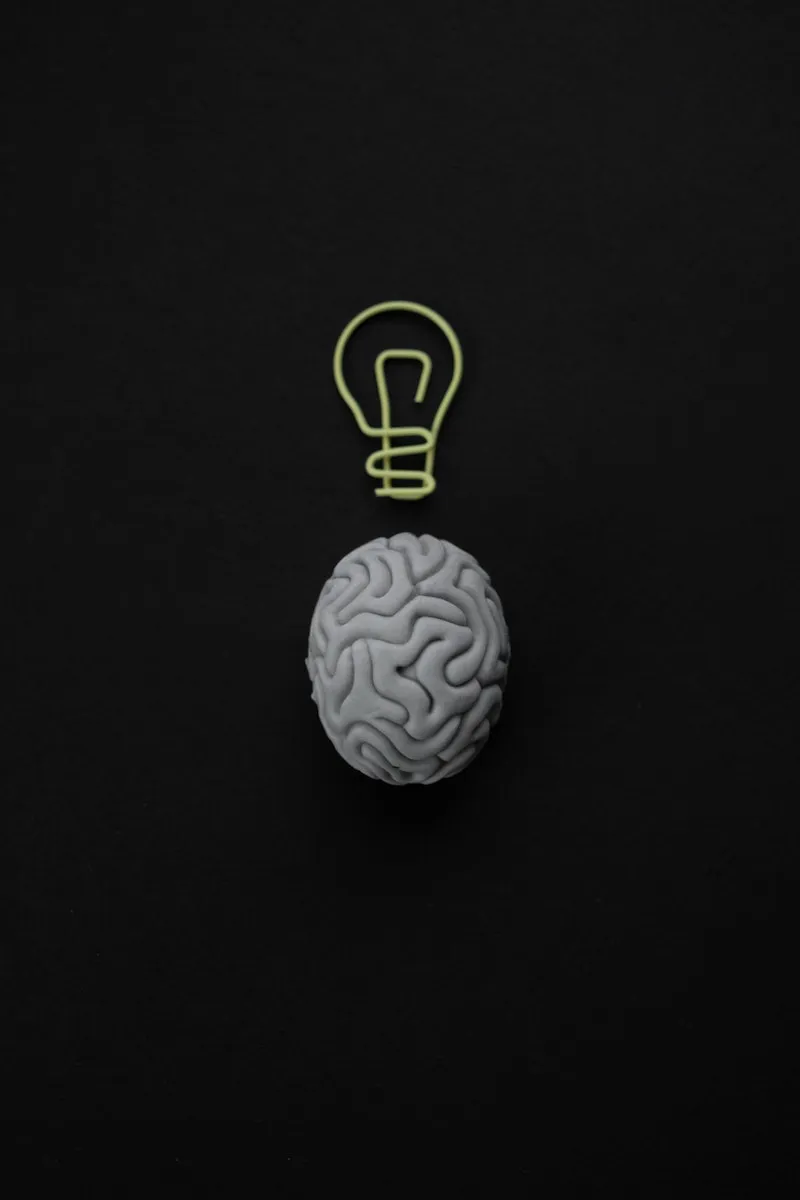
And Finally, The Truth About Brain Training Apps
Okay, so what about all those apps and websites that promise to make you smarter in 10 minutes a day? To be frank, they’re a supplement, not a solution. The research shows that while they can make you very, very good at playing their specific games, that skill doesn’t often translate into broader, real-world cognitive improvements. Getting a high score in a memory game on your phone is not the same as remembering your new friend’s name at a party.
Where they can be useful is in training focused attention and processing speed in short bursts. But they lack the rich, multi-sensory complexity and social engagement of learning a real-world skill. My advice? If you enjoy them, great! Use them as a fun warm-up. But don’t let them replace the deep, challenging, and truly rewarding work of learning something new and complex. That’s where the real magic happens.
Inspirational Gallery with Photos
A 2018 study found that adults who regularly engage in social activities have a slower rate of memory decline.
This isn’t just about feeling good; it’s about brain mechanics. Engaging conversations, shared activities, and navigating social dynamics force your brain to process information in real-time, strengthening neural networks linked to memory, attention, and executive function. Joining a book club or a weekly walking group isn’t just a hobby—it’s a cognitive workout.
When it comes to diet, think green and purple. The MIND diet, a hybrid of the Mediterranean and DASH diets, was specifically designed for brain health. It emphasizes leafy greens, berries (especially blueberries), nuts, whole grains, and fish.
- Aim for at least one serving of leafy greens like spinach or kale each day.
- Incorporate berries into your breakfast or snacks multiple times a week.
- Limit red meat, cheese, and sweets, which have been linked to cognitive decline.
But isn’t doing the daily crossword puzzle enough to keep my brain sharp?
It’s a great start, but true cognitive reserve comes from variety and novelty. A crossword strengthens your existing verbal skills—like driving the same familiar route over and over. To build new “roads,” as the article suggests, you need to challenge your brain with unfamiliar tasks. Try Sudoku to activate logic centers, learn a few phrases in a new language with an app like Duolingo, or even attempt to draw an object from a different perspective.
Important point: Your brain does its most critical cleaning while you sleep. During deep sleep, the brain’s glymphatic system activates, flushing out metabolic waste products like beta-amyloid, a protein linked to Alzheimer’s disease. Consistently prioritizing 7-8 hours of quality sleep is one of the most powerful, non-negotiable actions you can take for long-term brain health.
Learning a musical instrument is a full-brain workout. It simultaneously engages your auditory cortex (listening to notes), motor cortex (finger movements), and visual cortex (reading music). This multi-sensory activity builds robust, interconnected neural pathways, making it one of the most effective ways to boost neuroplasticity at any age.
- Boosts your spatial memory and reasoning skills.
- Strengthens your hippocampus, a key brain region for memory and navigation.
- Increases your attention to your surroundings.
The secret? Once a week, try navigating to a familiar place without your phone’s GPS. Consciously look for landmarks and street names. This simple act forces your brain to build and access its own internal map.
Lumosity: Focuses on fun, game-based challenges designed to improve core cognitive abilities like memory, speed, and problem-solving.
Elevate: Concentrates on practical communication and analytical skills, with games for writing, reading, speaking, and math.
For those looking to improve real-world skills like concise writing, Elevate might have an edge. For a more traditional, game-like brain training experience, Lumosity is a popular choice.
Speaking more than one language appears to delay the onset of dementia by an average of 4.5 years, according to a study involving over 600 dementia patients.
Building a sharper mind doesn’t have to be expensive. Your local library is a powerhouse of free resources: borrow books on new subjects, join a free computer skills class, or access language-learning software. Many high-quality documentaries on platforms like YouTube can introduce complex topics, while volunteering for a local cause can provide novel social and logistical challenges—all powerful, and free, ways to build cognitive reserve.










